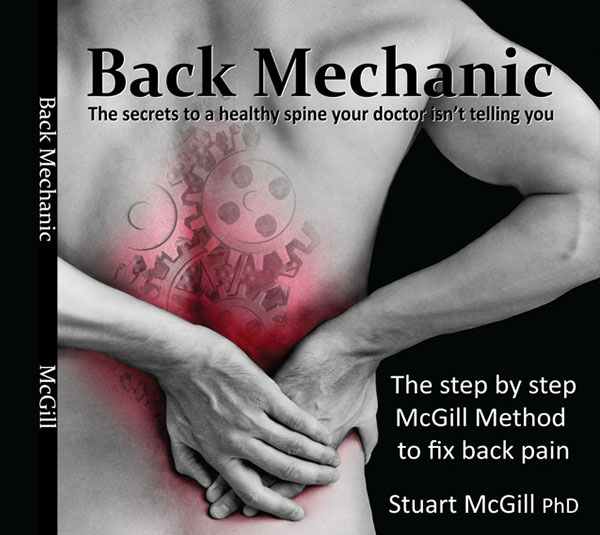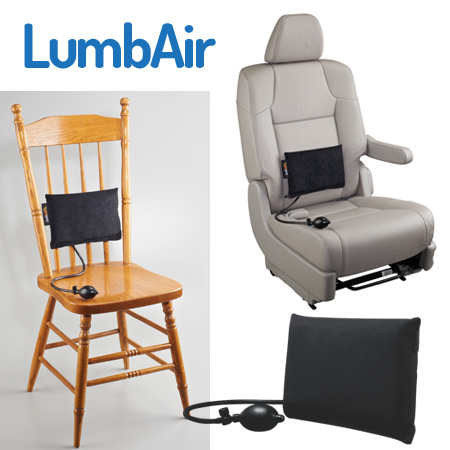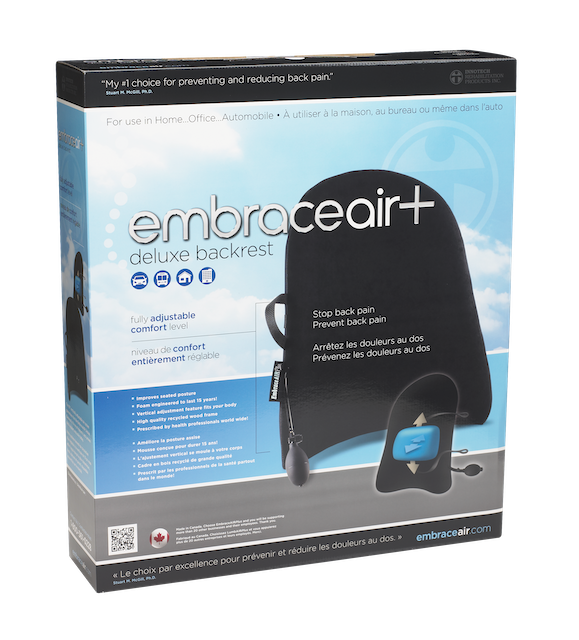09 May Rebuilding After a Disc Injury: The Road Back to the Barbell
Article Rundown
- The one-year rule
- The three phase build back
- My own experience
- My clients experiences
The One-Year Rule: A General Guideline for Disc Recovery
When it comes to returning to heavy lifting after a disc injury, there’s no one-size-fits-all timeline—but a good rule of thumb is about a year-long rebuild. That doesn’t mean you’ll be in pain the entire time, or that you’ll be unable to train during that period. It means your body needs time to recover, adapt, and rebuild its ability to bear load safely.
It’s also important to remember: not all disc pain is the same. You could be dealing with:
- A bulge that irritates the surrounding pain receptors
- Inflammation that triggers sensitivity
- A herniation pressing into the dural sac or nerve roots
- A sequestered disc fragment
- An annular tear where nuclear material escapes into the spinal canal
*We haven’t even touched the location of the disc lesion, and how that is important as well.
Your specific pathology will heavily influence your recovery path. And the most dangerous mistake I see—over and over—is people rushing the process back to the bar.
My Story: Lessons from Pain, Patience, and the Platform
In Gift of Injury, I share my own battle with a serious back injury. Even after a full year of rebuilding, I wasn’t fully ready. At the 2014 Arnold, I failed. It took another six months to rebuild my true capacity for competition. That’s 18 months total. But when I came back, I hit a personal record on the platform.
The takeaway? The timeline varies, and the key factor isn’t just time—it’s respecting the phases of rehab.
To successfully return to heavy lifting, especially the squat, you must move through three deliberate phases:
Phase 1: Identify and Remove the Cause
You can’t heal if you don’t know what’s aggravating the disc.
- Is it flexion, extension, shear, compression, or rotation?
- Are you moving poorly throughout the day or training without awareness?
This phase is about understanding and removing the pain triggers.
Phase 2: Build Pain-Free Capacity
Once symptoms are under control, it’s time to build your baseline. But the integrity of Phase 1 must remain intact—you must continue to move well.
This phase includes:
- The Big 3 (bird dog, side plank, and modified curl-up)
- Goblet squats
- Stir-the-pot
- Suitcase carries
- Clamshells and glute bridges
- Bodyweight push-ups, pull-ups, and rows
Phase 3: Expand Capacity and Reintroduce Load
You don’t just jump back into heavy barbell squats. I started with empty bar front squats, then slowly added load over months, not weeks.
Empty bar → quarters → plates → 2 plates → 3 plates
Each progression was earned with patience and consistent feedback from my body.
The Danger of Feeling “Fine” Too Soon
One of the biggest traps lifters fall into is mistaking the absence of pain for the green light to go heavy. We’ve seen it repeatedly:
- Someone has a herniation.
- They get a microdiscectomy.
- The pain is gone, so they go back to lifting heavy.
- A few months later, they herniate again, often worse than before.
Why? Because pain isn’t the only indicator of tissue healing or preparedness. Some of the worst cases I’ve seen were people who rushed back after surgery and ended up with multiple-level disc damage that required fusion.
Proof of Concept: My MRI Transformation
When I first saw Dr. Stuart McGill, my MRI showed a badly damaged spine—herniation, endplate fractures, and a split sacrum. Fast forward four years and many 1,000+ pound squats, and my follow-up MRI showed significant healing:
- Disc height regained
- Bone remodeled
- Load tolerance restored
That transformation didn’t come from shortcuts. It came from months of walking, doing the Big 3, and gradually progressing movements. Only after I was pain-free for an extended period did I introduce axial loading again.
Real Results: Case Studies and Coaching Insights
In recent years, I’ve guided lifters like Naomi and Cody through similar journeys. These weren’t one-size-fits-all templates. They were personalized plans rooted in patience and precision. You can find their testimonials on PowerRackStrength.com or our YouTube channel.
Each case reaffirmed the same truth: The number one mistake lifters make after disc injury is impatience.
Final Thoughts: Be the Exception, Not the Statistic
Some lifters can return in under a year. Others need more time. But whether it takes 9 months or 18, the principles don’t change:
- Identify the pain mechanism
- Remove the aggravator
- Rebuild your foundation
- Load slowly, methodically, and intelligently
Respect the process, and you can get back under the bar better than before. Rush it, and you may never get back at all.












Sorry, the comment form is closed at this time.